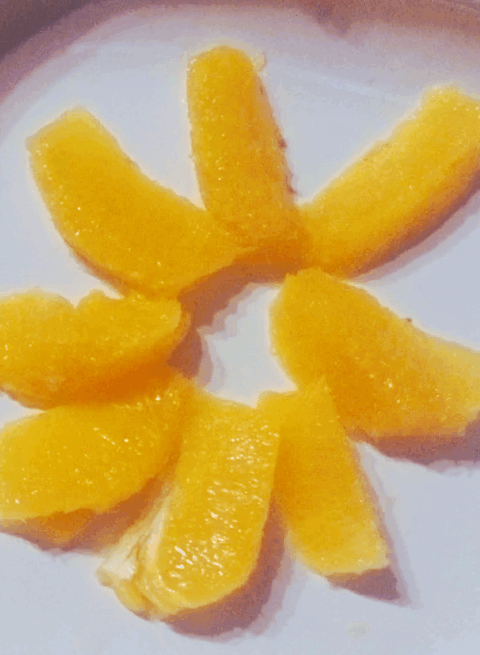My most recent recipe Cheese Ramekins uses a dry white wine, I chose a Sauvignon Blanc. Wine can be confusing because there are so many different types because whether you’re sipping or sautéing, understanding the difference between dry and sweet white wines matters, so let’s discuss and hopefully make it easier next time your staring at a wall of wine. The first rule of wine in food is if you don’t enjoy drinking it, don’t cook with it. So even if you’re not a wine drinker (I’m not) be sure you at least enjoy the flavor before you put it in your food.
Dry White Wines: Crisp, Clean, and Kitchen-Friendly
Dry white wines have fermented long enough so that little to no residual sugar remains, which gives them that crisp, clean finish. These are the go-tos for most savory dishes, offering just the right acidity to brighten up your food without adding sweetness.
Let’s break it down to the 3 most popular:
- Chardonnay: Buttery, smooth, and sometimes oaky, this one’s a classic for creamy sauces and poultry. Think chicken Alfredo, turkey tetrazzini, or even a creamy mushroom risotto. Its fuller body holds up well in richer dishes.
- Sauvignon Blanc: Aromatic and zesty, herbaceous, and high in acidity, it’s a veggie’s best friend. Use it for anything heavy on green vegetables, herbs, or citrus. It’s also killer in vinaigrettes or light seafood dishes with a lemony punch.
- Pinot Grigio: Light, crisp, and a little more neutral in flavor, Pinot Grigio is your Swiss Army knife. It’s a safe bet for seafood, salads, and lighter pasta dishes that don’t need the bold personality of Chardonnay or Sauvignon Blanc.
Sweet White Wines: Fruity, Fun, and Sometimes Surprising
These contain more residual sugar and tend to be fruit-forward with lower alcohol content. These are typically sipped more than stirred into dinner—but they do have their place in the kitchen especially when it comes to desserts like poaching fruit.
- Moscato: Light, floral, and peachy, Moscato is more of a brunch or dessert wine, but it does play well with spicy dishes. A little sweetness can calm the heat in Thai, Indian, or even spicy barbecue glazes.
- White Zinfandel: Often pink and slightly fizzy, this one’s technically a rosé, but it lands in the sweet white wine camp in terms of flavor. Great for casual sipping, fruit-based sauces, or a ham glaze when you want a little tang and a little sugar without opening a soda can.
- Riesling: Ranges from dry to very sweet. Sweet Rieslings are excellent with spicy dishes, balancing heat with their sweetness and high acidity. They’re also used in desserts and glazes.
- Sauternes: Flavors of apricots, honey, and peaches. It’s used in poaching fruits and creating sweet sauces for desserts.
When at a loss, just ask
You’d be amazed at what the person in charge of the wine aisle at your grocery actually knows and the people at the liquor store, can do a lot more than work the cash register. Talk to them, tell them what you’re making or dining on and ask for their opinion.
🍷 Quick Wine Pairing Chart: Dry vs. Sweet Whites
| Wine | Dry or Sweet | Flavor Notes | Best With |
|---|---|---|---|
| Chardonnay | Dry | Buttery, oaky or citrusy | Poultry, creamy sauces, mushrooms, lobster |
| Sauvignon Blanc | Dry | Zesty, herbaceous, citrusy | Green veggies, goat cheese, light seafood, salads |
| Pinot Grigio | Dry | Crisp, light, mineral | White fish, pasta with olive oil, fresh greens |
| Moscato | Sweet | Floral, peachy, light | Spicy foods, fruit-based desserts, brunch dishes |
| White Zinfandel | Sweet | Fruity, lightly fizzy | Glazed ham, mild spice, fruity sauces, solo sipping |





